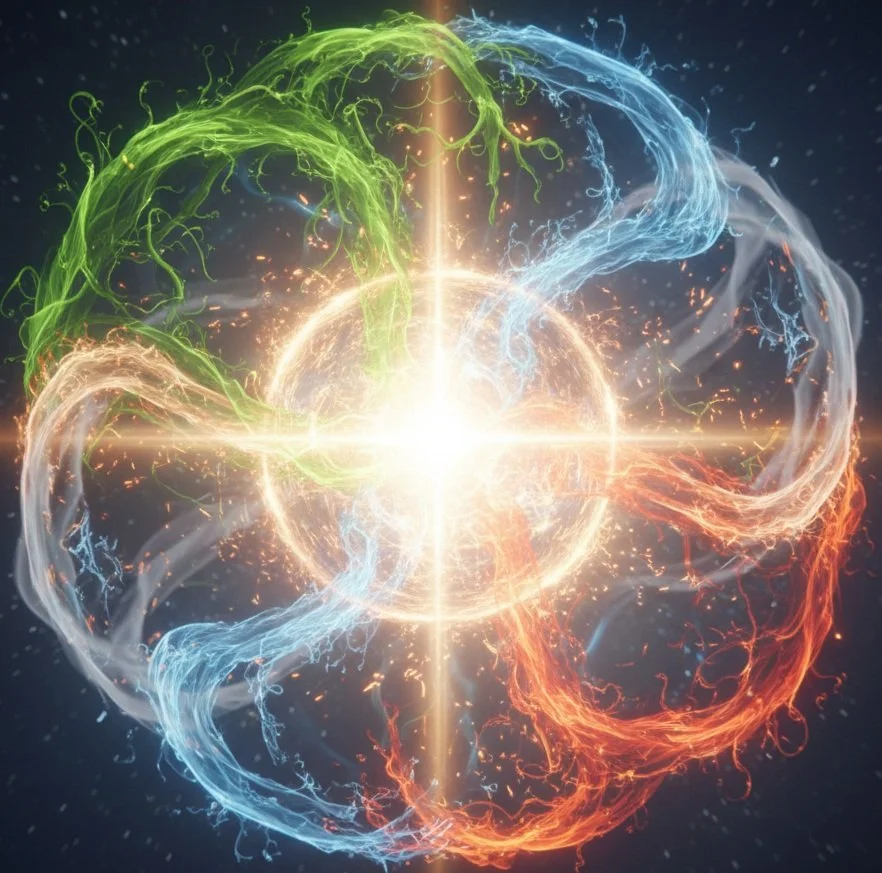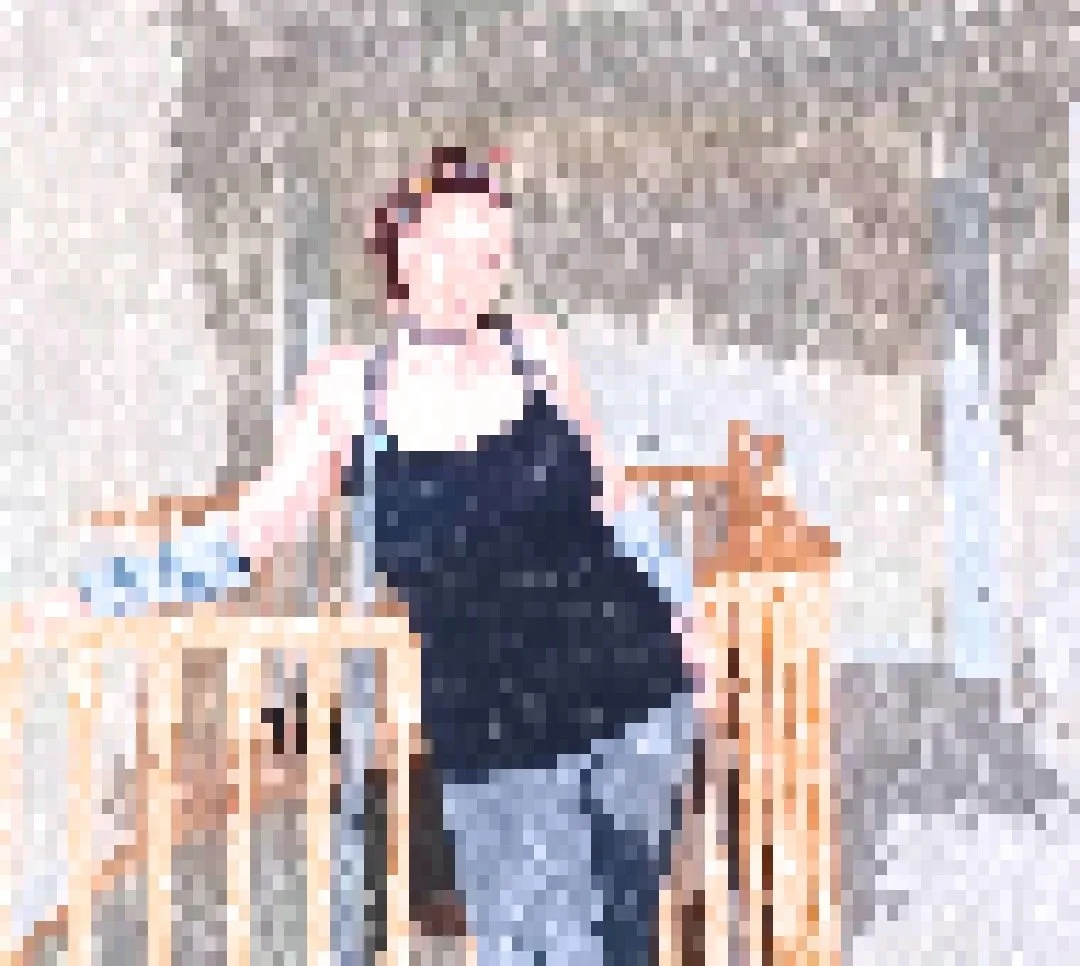Living & Leading with Humanity

There’s a kind of exhaustion that doesn’t come from one crisis but from the accumulation of many.
It’s what happens when life doesn’t collapse all at once, it caves in slowly, in sections, over years.
Strength is not balance.
Strength is not pretending the line doesn’t cut through you.
Strength is knowing how to move with it, carry your history, your neurotype, your roles, scars, and gifts, all as one integrated system.
There’s a kind of stillness that comes when you’ve run out of plans. It’s not peace. It’s a forced quiet, like when the body shuts down just enough to keep you breathing. In that silence, you begin to see how a system really works—not from the diagrams or the policies, but from the vantage point of the people it’s supposed to help.
When the sidewalks freeze over and the idea of “a brisk walk” becomes a survival sport, don’t abandon the rhythm, just change the beat!
Here’s how to keep your 5-minute flow break alive when the weather turns brutal
There’s a study I read years ago that I’ve never been able to forget.
In a prison setting, people were gaining significant amounts of weight, not because of diet, but because of their pants.
“Don’t call it manipulation if it’s just superior strategy.”
Meet Alex. Charming, decisive. Alex may even seem like the kind of person you want in a crisis, the kind of person you might even follow.
Sade is woken by the sounds and motions of a struggle next to her on the mattress. With what shadowy vestiges remain of her sight, she catches a flurry of movement as someone disappears into the bathroom.
Don’t chase thinness. Seek peace.
Just to move away from
this space this place
This gap in the forest walls
A meditation on the thin line between having a home and losing one, and how the light still falls evenly, even when the world doesn’t.
Tired of being gaslit into oblivion?
Exhausted by the “I’m sorry you feel that way” Olympics?
Real change, the kind that reshapes both cities and selves—requires architecture: deliberate rewiring at every level of the human stack.
Understanding your elemental architecture isn’t about self-typing. It’s about learning to read energy as information; how your nervous system, your work, and your relationships move through states of stability, activation, connection, and care.
You are not too much. You are the calibration point for a culture that’s forgotten how to feel.
Take a moment to look at your current life: your job, your home, your daily habits. Which one of those feels like a "borrowed model"? Which inherited assumption is holding you back?
Affordability isn’t just an economic problem. It’s a systems problem.
The shelter was small—four rooms, four families, four worlds pressed against one another. A quiet choreography of women and children moving through shared air, each orbiting the others, each carrying a different kind of weight.
Housing affordability is not a question of preference or lifestyle—it's a systemic failure.
Peter Ganglidge knows he is starting to lose control. Every day the pain gets worse, his energy is waning, and things are becoming harder to keep concealed.
Trails of dried tears ridge her cheeks, though she doesn’t recall why she was crying.
ADHD is often described as a chemical imbalance—a shortfall of dopamine, the neurotransmitter that signals motivation and reward. But that’s only half the story.
The hare and the tortoise aren’t opposites—they’re phases of the same rhythm.
Then one afternoon, rifling through a stack of papers I wasn’t supposed to see, I found some official looking paperwork and—
Pain is feedback—the body’s alarm system for hidden stress. When we normalize that pain (“everyone’s exhausted,” “that’s just the culture”), we mute the signal.
Meditate if it helps.
Download the app. Take the walk.
Do whatever gives you breathing room.
But also—close the loop.
Seven years ago, my life effectively ended.
Latest Posts
Most Popular
Don’t chase thinness. Seek peace.
Affordability isn’t just an economic problem. It’s a systems problem.
Peter Ganglidge knows he is starting to lose control. Every day the pain gets worse, his energy is waning, and things are becoming harder to keep concealed.
Then one afternoon, rifling through a stack of papers I wasn’t supposed to see, I found some official looking paperwork and—
Seven years ago, my life effectively ended.
“80% done” isn’t math—it’s momentum. It’s the point where the core of your work exists clearly.
The modern workplace often feels like a puzzle with missing pieces. We talk about productivity, innovation, and culture, but sometimes we forget the fundamental ingredient: humanity.
For years, (okay, decades), I tried to follow countless systems presented by others.
The KOP model, especially in a hybrid application, requires a major supply chain shift—the very solution needed for mass-market affordability of any product.
A call.
Miles away, another answers. The air bends, the earth hums. Invisible threads weaving herd to herd across a distance no eye can cover.

Meet
the Human
Tapanga Koe is a writer and published author who thrives at the intersection of clarity and complexity.
With a foundation in storytelling and a career spanning writing, systems design, and continuous improvement, her work bridges the gap between the practical and the poetic—helping people find meaning, order, and resilience in the middle of chaos.
Browse By Category
Browse by Series
Coming Soon
This human is hard at work with a new series! Subscribe or follow on social to stay up to date on this exciting new launch!
Subscribe→

Love the Clarity? Help Fuel the Mission.
If this work resonated, please consider supporting its future.

















































For decades, I lived inside a storm I couldn’t name. A restless mind. A body always braced. A heart that felt heavier than it should. I blamed myself. I blamed circumstances. I worked harder, tried harder, forced myself into routines that never stuck. I spent years believing I was simply too much and not enough at the same time.
Then, a diagnosis reframed everything.